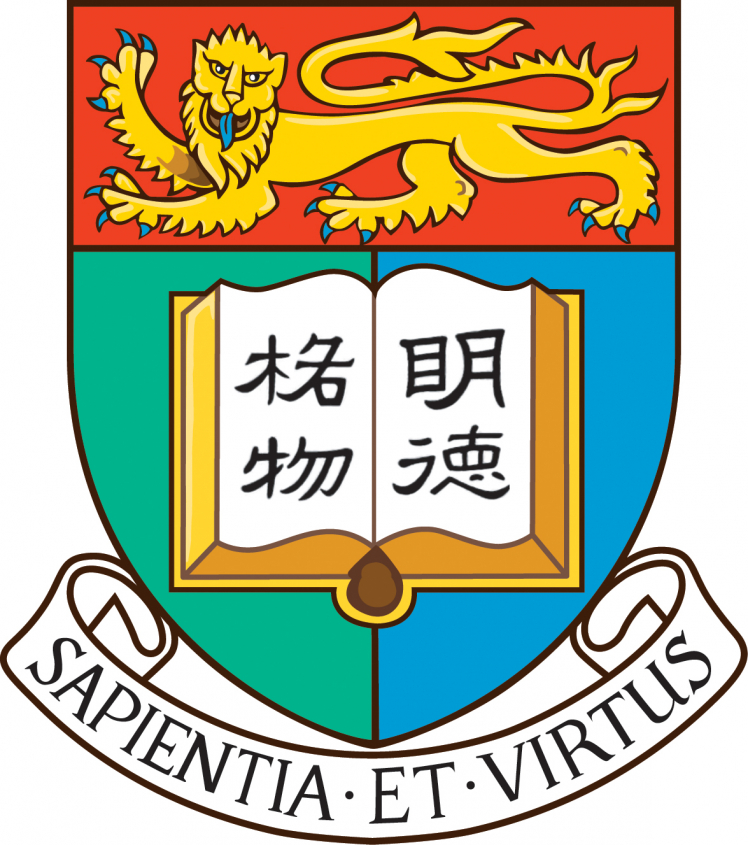Stress induced phase transformations and allotropy in ultra-strength materials
Allotropic phase transformations in materials can be driven by stresses, including large shear stresses made possible by recent advances in material strengthening. This expands the stress space to six dimensions and makes phase transformations dependent on crystal and grain orientation. Understanding the role of the entire stress tensor on phase transformations through multiscale methods—based on atomistic simulation methods (density functional theory, molecular dynamics), nonlinear elasticity, and phase field methods—sheds light on stress-induced phase transformations and can open pathways to novel deformation mechanisms. These mechanisms can help explain the effects of stresses on phase transformations and facilitate the design of materials with transformation-induced plasticity, achieving a balance of high strength and ductility.
References:
[1] A. S. L. Subrahmanyam Pattamatta, David J. Srolovitz, Allotropy in ultra high strength materials, Nature communications 13, 3326 (2022).
Machine learning potentials
Machine Learning (ML) is well known for its successes in many fields, including in materials science. Among these applications, machine learning-based interatomic potentials have emerged as a new approach to achieve a balance between accuracy, generality, and efficiency in describing the energy and forces associated with different atomic structures in atomistic simulations. The machine-learning, Deep Potential (DP) method, is a relatively new and rapidly developing approach that has recently been applied to a wide range of materials systems. A particularly important application of atomistic simulation of materials is for defect structure and properties, since many important mechanical, electric, optical, etc. properties are determined by defects and their arrangements. We are collaborating with DP developers in Beijing and applying ML DPs for point defects, dislocation, and twinning properties of metals and alloys. Future opportunities lie in DPs for multi-component alloys and the expansion of DPs to a much broader range of materials.
References:
[1] Tongqi Wen, Linfeng Zhang, Han Wang, Weinan E, David J. Srolovitz, Deep potentials for materials science, Materials Futures 1, 022601 (2022).
Grain boundary models and microstructure evolution of polycrystals
Polycrystals are composed of an ensemble of single-crystal grains with different crystal orientations and a network of grain boundaries (GBs). Microstructure evolution of polycrystals, e.g., grain growth, recrystallization and plastic deformation, is significantly determined by GBs. Disconnections, line defects constrained on GBs possessing both step and/or dislocation character, provide a unified description of GB kinetics. We established theoretical, mesoscale, crystallography-respecting models to describe the GB thermodynamics (e.g., GB energy and equilibrium GB structure), GB kinetics (e.g., GB motion and roughening) and GB-mediated plasticity based on the microscopic disconnection mechanism. Our disconnection-based models can help understand phenomena which cannot be explained by conventional theory and other phenomenological models (e.g., stress-driven grain growth, grain rotation, GB sliding, steady-state GB motion in the direction opposite to the mean curvature, etc.) observed in microstructure evolution of polycrystals.
References:
[1] Jian Han, Spencer L. Thomas, David J. Srolovitz, Grain-boundary kinetics: A unified approach, Progress in Materials Science 98, 386-476 (2018).
[2] Caihao Qiu, David J. Srolovitz, Gregory S. Rohrer, Jian Han, Marco Salvalaglio, Why grain growth is not curvature flow, arXiv preprint arXiv:2411.15983 (2024) (to-be-updated).
[3] Jinxin Yu, Alfonso H.W. Ngan, David J. Srolovitz, Jian Han, Mesoscale description of interface-mediated plasticity, Acta Materialia 283, 120552 (2025).
Strain engineering for tuning opto-electronic properties of bulk and 2-dimensional materials
Coming soon.
Interface diffusion control through doping
Coming soon.
AI driven discovery of biocompatible superelastic refractory HEA
Coming soon.
